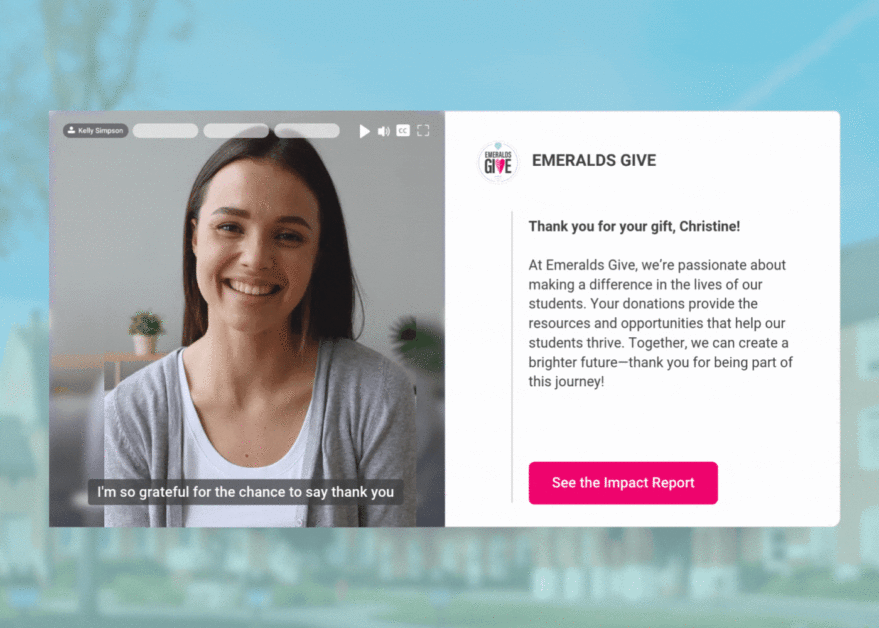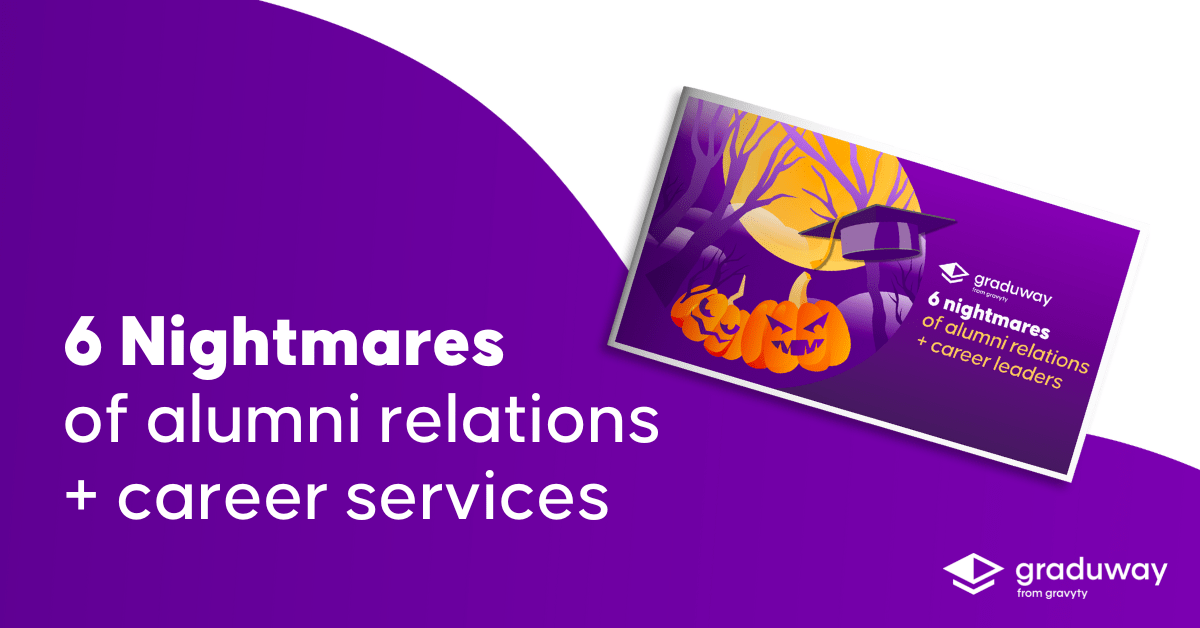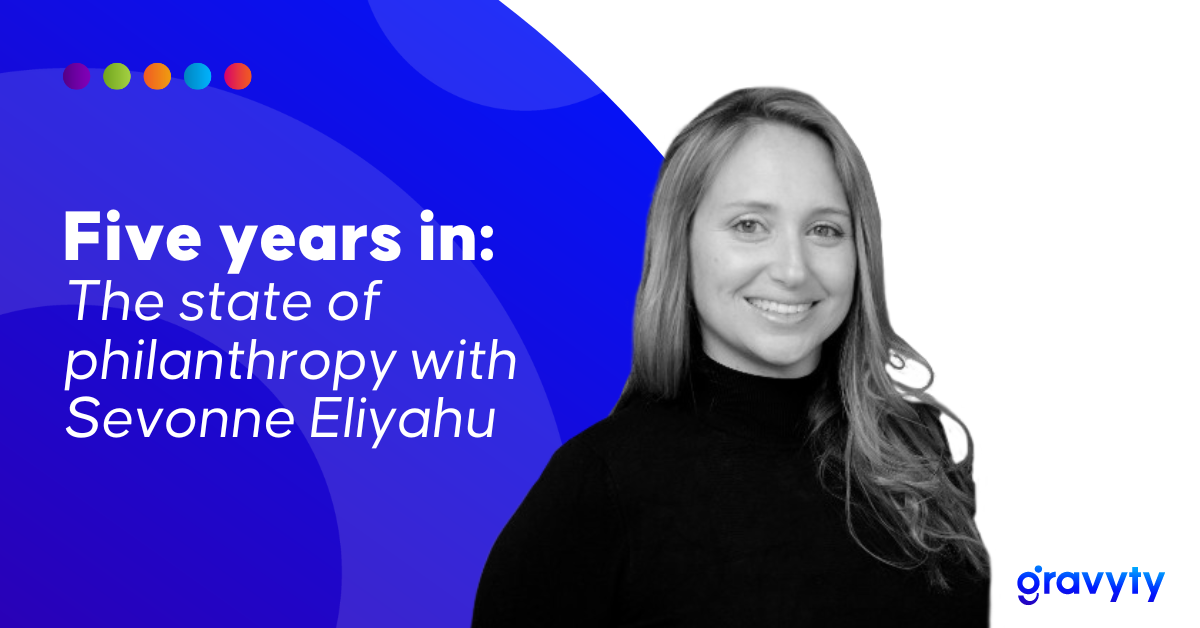How to tackle fundraiser burnout & mitigate turnover

At the heart of every organization is a passionate team of fundraisers working tirelessly to hit their targets and make a real difference. But more often than not, the long hours and aggressive goals lead to fundraisers churning from the organization, leaving more unhappy fundraisers to pick up their work.
The data is clear, and troubling:
- According to Forbes, 46% of fundraising professionals said they plan to leave their current roles within two years.
- Of that group, almost a quarter (23%) said that nonprofits would not be among the types of organizations they intend to pursue.
This trend isn’t about line items on a spreadsheet. It represents the well-being, happiness and career success of valued team members. In this article, we break down the causes of turnover and burnout in nonprofits today as a real operational challenge and provide tips to combat it for a healthier, more sustainable fundraising organization.
What does fundraiser burnout actually mean?
To learn how burnout affects the operations and output of nonprofit organizations, it’s important to first understand how the term “burnout” came to be. While it was being cited in the psychology field in the 1960s, the term “burnout” was popularized in the 1970s by Herbert Freudenberger, an American psychologist. How he characterized who might be prone to burnout in a professional context is applicable still today: “the dedicated and the committed.” He expanded on this, saying:
Herbert Freudenberger
The term saw a dramatic increase, unsurprisingly, in 2020 due to frontline workers putting their mental health–and lives–at risk to get their communities through the pandemic.
Now, the term is used widely in our culture to describe the feeling of chronic mental, physical and emotional exhaustion usually related to a job. Often characterized by feelings of fatigue, overwhelm, and a sense of being emotionally drained, burnout affects nearly all aspects of someone’s life, including work, relationships, and health.
Professionals in the nonprofit world are no strangers to burnout. In fact, you likely resonate with Freudenburger’s characterization of “the dedicated and the committed” as those most prone to feeling burnt out at work.
As a fundraiser, you are likely driven by a strong sense of purpose and commitment to the organization you work for. But increasingly demanding goals coupled with other team members leaving their posts (ironically, often due to their own burnout) mean you have more on your plate and less time to accomplish it.
Burnout leads to fundraiser turnover
The connection between fundraiser burnout and turnover is proven: employees that often experience burnout at work are 2.6 times as likely to actively seek other jobs, according to Gallup.
Concerningly, 40% of workers leave their job due to burnout. And nonprofit turnover is even more staggering. In 2024, the nonprofit turnover rate was 19%, almost 60% higher than other industries. Beyond the data points are the less tangible but still critical elements of the health of an organization: team morale, productivity, and training and onboarding costs to hire new talent.
While burnout affects turnover, it’s no secret that turnover affects the bottom line of an organization. Studies found that losing an employee can cost a company 1.5-2 times the employee’s salary due to costs like onboarding, training and ramp time.
That’s precious time and money nonprofits and advancement teams simply don’t have.
The key to preventing turnover is supporting fundraising staff
Recognizing and addressing burnout throughout a nonprofit is key to ensuring a safe, healthy, and productive organization. It’s not only the well being of staff that’s at stake; a healthy, happy organization is a productive one. Here are a few actionable ways to foster well being amongst fundraising staff to reduce burnout and prevent turnover.
Comprehensive CRM tracking & integrations
Fundraising is personal. Donor interactions shouldn’t be a maze of spreadsheets and emails. A robust CRM system reduces the burden of administrative tasks and ensures no crucial information falls through the cracks during staff transitions. A well-integrated CRM makes it easier for frontline fundraisers to focus on what they love (and what works): building meaningful relationships.
AI fundraising platforms aren’t just about data management; they’re about carving out more time for what matters. By centralizing essential notes and relationship details, fundraisers can alleviate the stress of remembering every little detail, helping teams focus on crafting impactful narratives and connections.
Video engagement
Change can be hard, especially when saying goodbye to a familiar face. When turnover happens and a new fundraiser is assigned a portfolio of donors, have a plan in place to make the transition easier and introduce donors to their new point of contact.
Make introductions of new gift officers a more seamless, personal experience with video messages. A video allows fundraisers to instill confidence in the organization during a time of transition and uncertainty. Use a tailored video message to relay to the donor how grateful you are for their support through this transition, and let them know nothing will change with their level of communication and support.

Open communication
Effective communication is the cornerstone of strong and lasting relationships, both within the organization and with external stakeholders and donors.
Transparency is key. In times of transition, ensure your donors and nonprofit team members are part of the conversation. This open dialogue is crucial in building trust and understanding, reminding everyone that they are an integral part of our mission.
Take real time off
True rest is essential (no checking email allowed!) Research from Civil Society shows that 26% of professional fundraisers experience stress, anxiety, or depression from their fundraising role. Taking time off shouldn’t just be a “nice to have” – it’s critical to maintaining well being and boosting productivity.
Encourage fundraisers to take real time off where work emails and calls are put on hold. Getting time away from work is an investment in the “whole person,” allowing fundraisers to return refreshed and reinvigorated.
Provide professional development opportunities
Job frustration can arise from feeling stagnant or under-skilled. Investing in professional development and on-the-job training not only up-levels your team, but also sends a clear message that you’re invested in their career and success. This commitment can transform morale and increase retention.
And it’s proven: according to CCS, there is a clear correlation between staff investment and revenue. Organizations that invest more in hiring and retention of top fundraising talent see higher revenue growth than those that don’t.
A fundraiser-first approach to preventing burnout
Beyond these strategies, it’s crucial to recognize the signs of burnout.
- Are there tasks that consistently drain the fundraising team’s energy?
- Can you automate any processes to eliminate time spent on manual tasks to focus on more meaningful work?
Encourage open discussions about these challenges and explore solutions as an organization. Whether reassigning specific tasks, providing additional training, or simply offering a listening ear, every step taken to address these pain points can reignite the spark in your team.
The success of a nonprofit is more than just hitting targets. It’s about nurturing a community of dedicated people who believe in making a difference. By adopting these empathetic and practical strategies, you can reduce turnover and foster a supportive and fulfilling work environment.
Gravyty makes it easy to streamline frontline fundraiser workflows, manage portfolios and reach out to donors effectively and at scale. Learn more about how Gravyty’s full donor lifecycle tools can keep your team happy, productive and successful.



